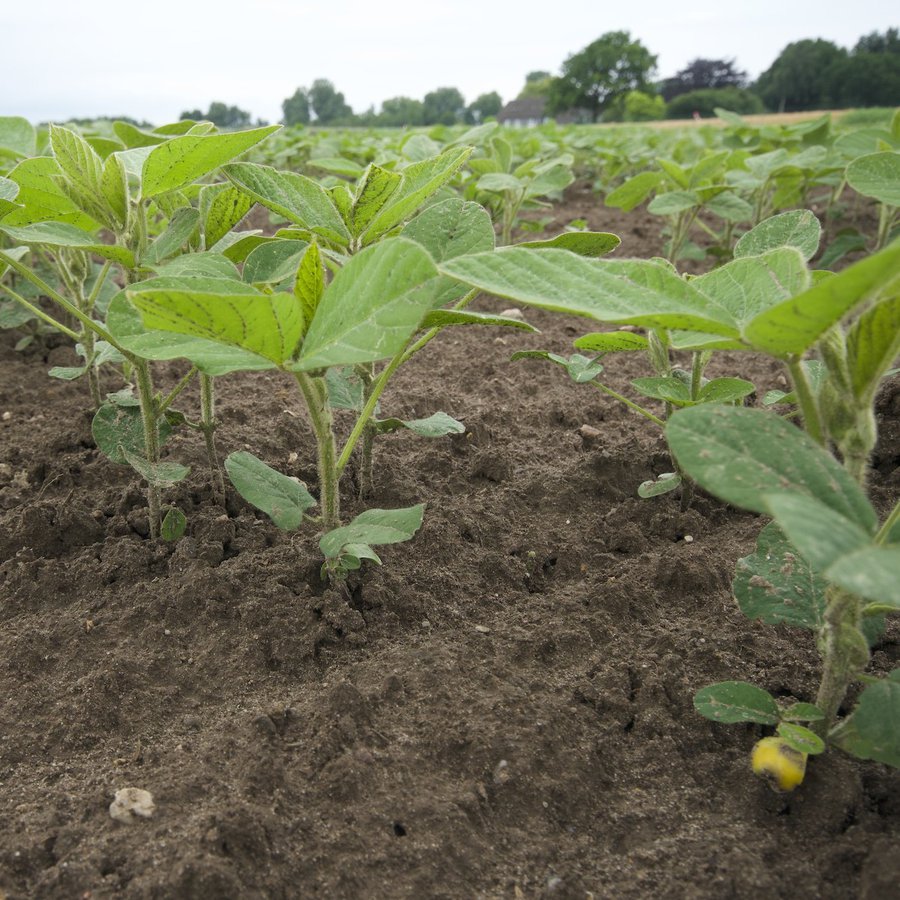While the world stage is still debating the extent of the impact of climate change, it is clear that Schleswig-Holstein will definitely become warmer and drier. Rising temperatures and increasingly prolonged droughts are a concern for farmers. However, soybeans could make better use of warmer temperatures compared to, for example, summer grains, and could even thrive as a nitrogen-fixing legume without fertilization.
"For twelve years now, we have been cultivating new cultivated varieties of soybean on the Lindenhof experimental field in collaboration with the State Seed Breeding Institute at the University of Hohenheim and other breeders," explains Prof Dr Ute Kropf from the Department of Agricultural Economics at the University of Applied Sciences Kiel. Normally, due to their high temperature requirements, soybeans grow primarily in Brazil, the USA, and Argentina, which account for 80 percent of global soybean production.
"These beans like it warm," says Kropf. "The soybeans we cultivate on the experimental field require a soil temperature of at least ten degrees. This is why soybeans here in the northern region cannot be sown until the beginning of May at the earliest." Native candidates are more tolerant, Kropf explains: "The local field bean can be sown as early as March in cold ground which is still only two degrees." With the late May sowing, the accumulated heat sum only reaches threshing maturity under favourable weather conditions—and only for soybean varieties which mature early.

"In the twelve years of our test cultivation, we have only been able to harvest three crops with a yield between 10 and 20 dt/ha," the professor concludes. However, she admits that on warmer sites in southern Germany, the situation is quite different. "In suitable locations in Germany, the yield is between 30 and 50 dt/ha." Accordingly, the goal is to create soybean varieties through breeding that can be harvested in the northern regions. Kropf is certain, however, that "it will take at least another 10 years to achieve this with conventional methods,". At least for soybean cultivation, climate change is a favourable factor.
Soybean cultivation would indeed be attractive for farmers, as the demand for locally grown soy from genetically unmodified organisms is steadily increasing, especially in human nutrition. One of the reasons is that soy contains more than 40 percent protein in the seed and thus a higher protein content than locally established field beans, which only have 30 percent. Additionally, soy provides nearly 20 percent oil. "Accordingly, the goal is to further advance soybean cultivation in Central Europe northwards. But this can only be achieved in the medium term through the breeding of cold-tolerant varieties," the professor concludes.


